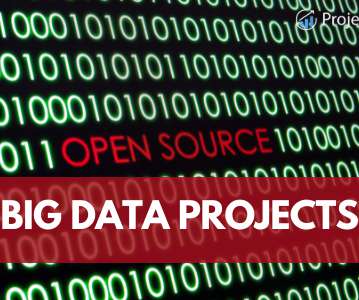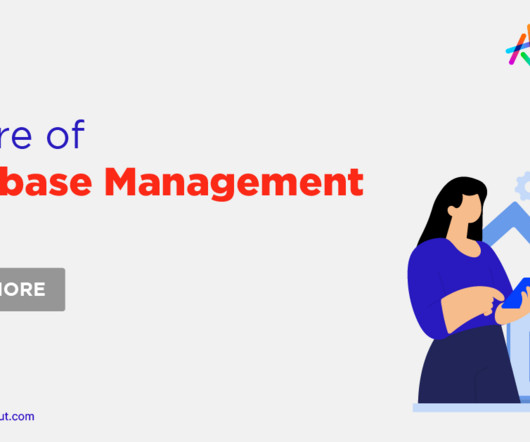100+ Data Engineer Interview Questions and Answers for 2023
ProjectPro
JULY 27, 2021
Differentiate between relational and non-relational database management systems. Relational Database Management Systems (RDBMS) Non-relational Database Management Systems Relational Databases primarily work with structured data using SQL (Structured Query Language).













Let's personalize your content